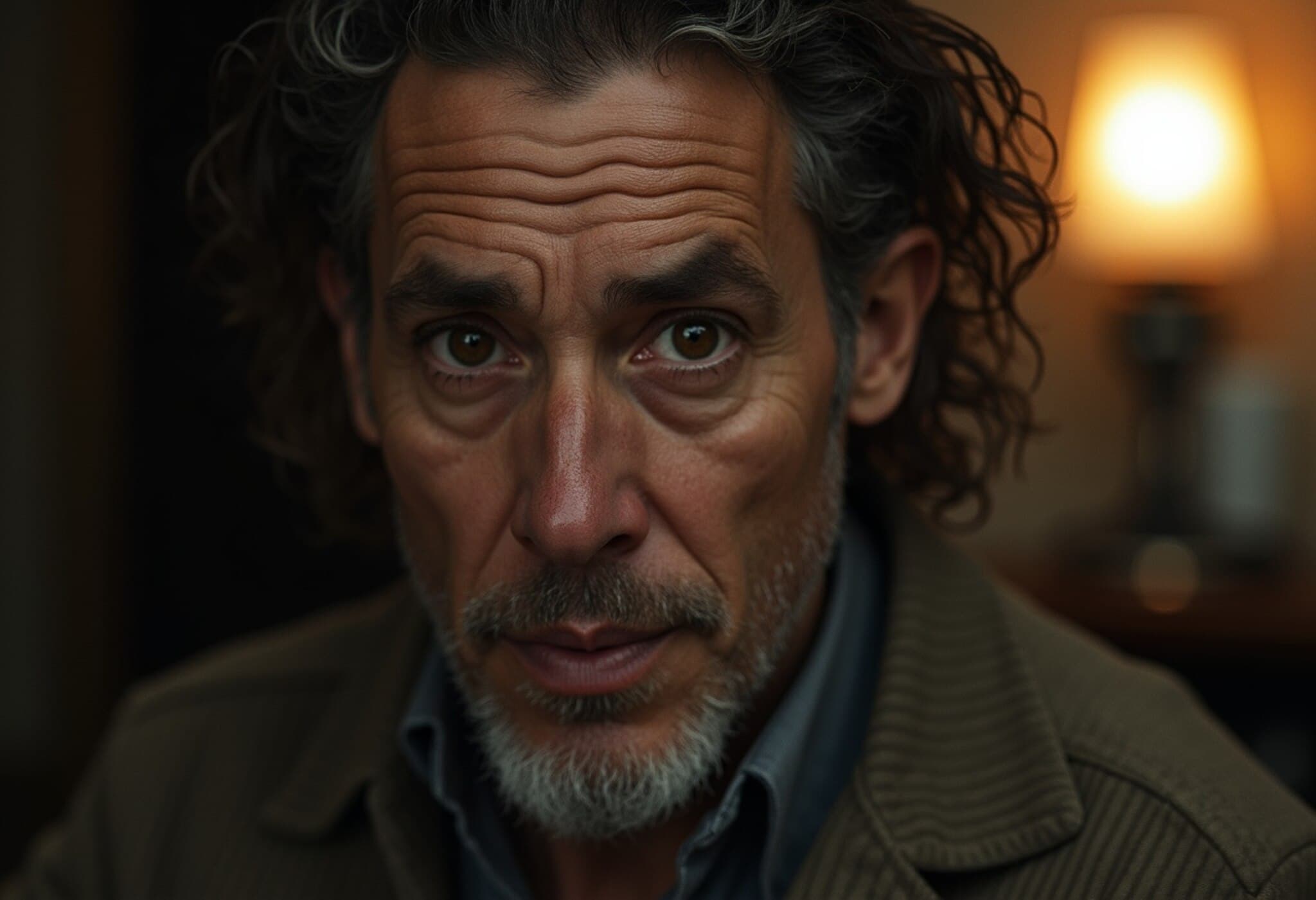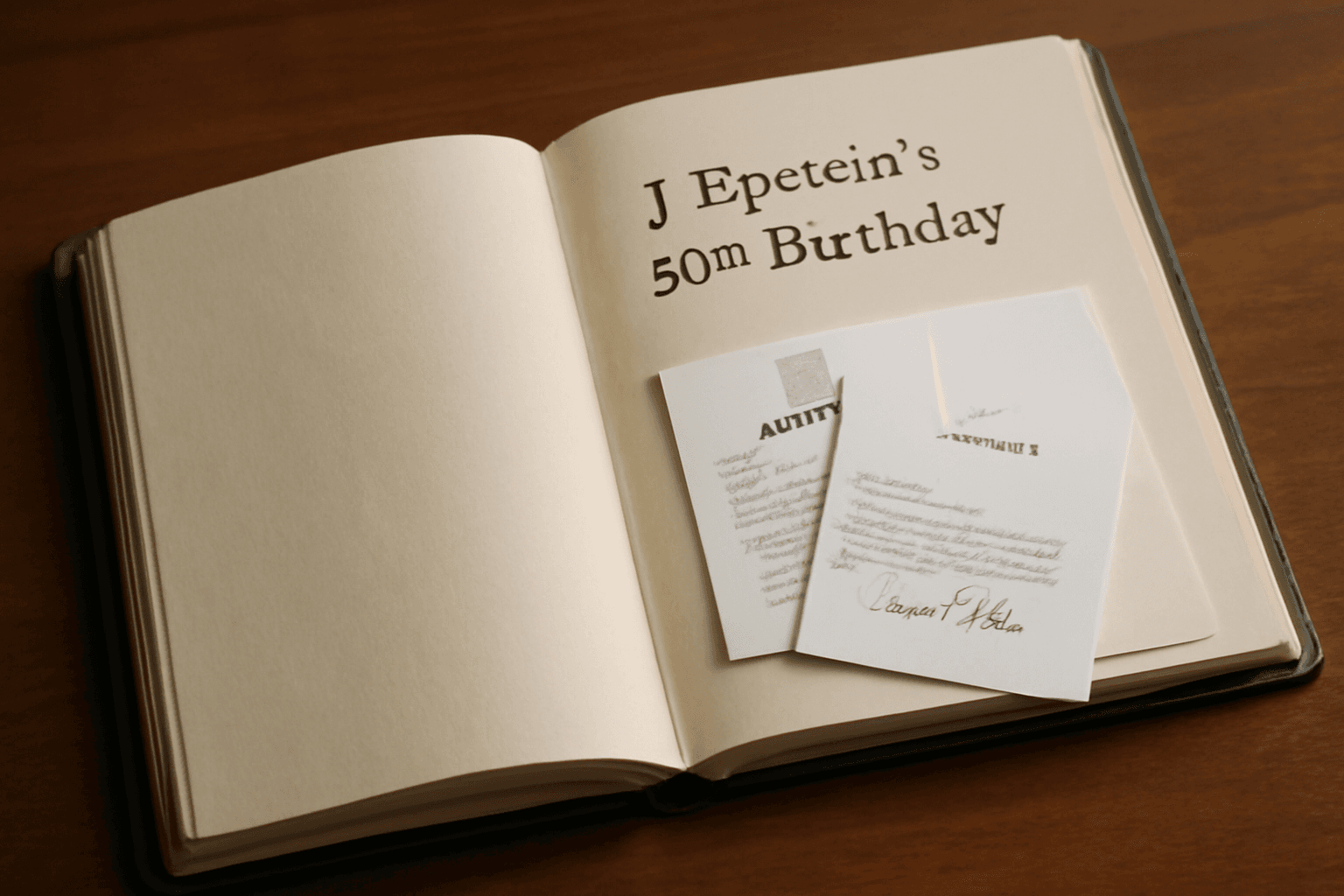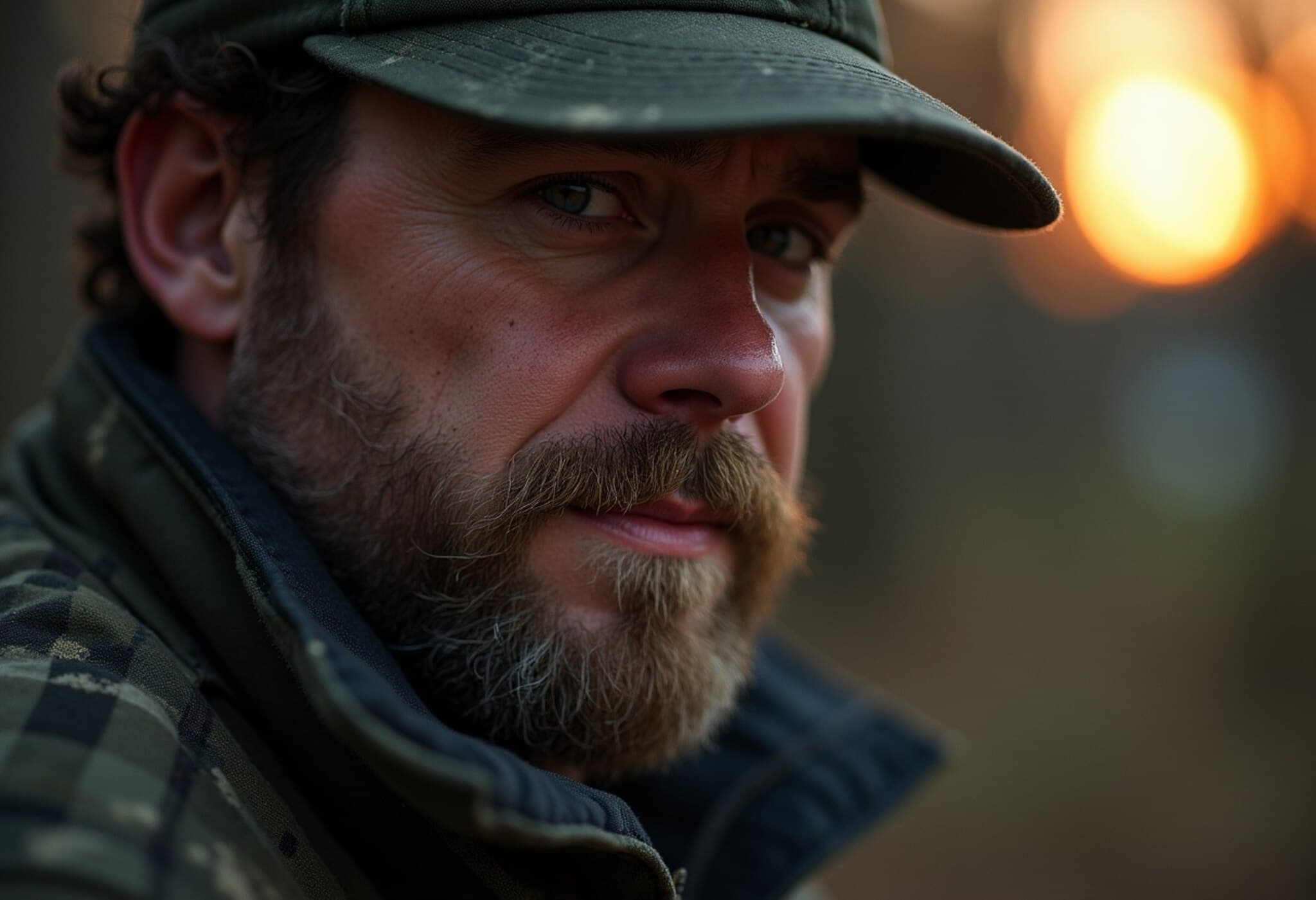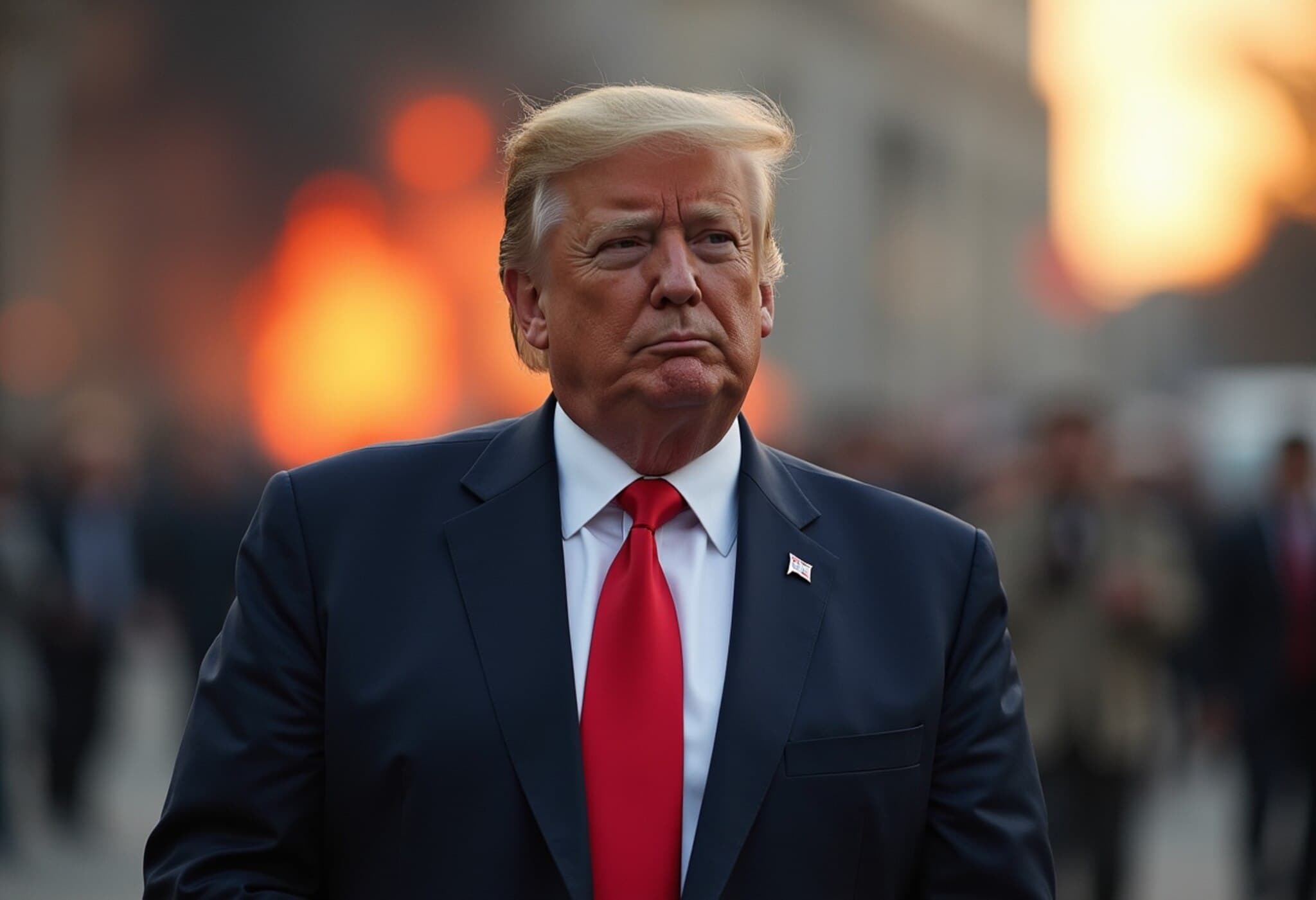Paranormal Investigator Dan Rivera Passes Away During Annabelle Doll Tour
Dan Rivera, a well-known paranormal investigator and U.S. Army veteran, tragically died at the age of 54 while touring with the infamous Annabelle doll, a figure surrounded by chilling tales of supernatural phenomena. His sudden passing has sent ripples through the paranormal community, raising both sadness and renewed interest in the eerie legacy of one of the most storied haunted relics in America.
A Sudden Loss on the Road
Rivera’s death occurred shortly after a successful three-day sold-out event in Gettysburg, Pennsylvania, part of his widely recognized "Devils on the Run Tour," which featured the original Annabelle doll. Emergency responders found him unresponsive in his hotel room Sunday night. Despite immediate CPR efforts, he was declared dead at the scene. Authorities noted that the circumstances do not currently suggest foul play, though investigations continue.
Who Was Dan Rivera?
Beyond his military service, Rivera was a respected figure in the paranormal investigation field. As the lead investigator for the New England Society for Psychic Research (NESPR), he contributed to popular shows such as the Travel Channel’s Most Haunted Places and Netflix’s 28 Days Haunted. Rivera gained a devoted following on social media platforms, notably TikTok, where he engaged a new generation by sharing spooky stories and uncovering dark histories linked to the paranormal, especially relating to the legendary couple Ed and Lorraine Warren.
Annabelle: The Infamous Haunted Doll
The Annabelle doll, center stage on Rivera’s tour, is far from a mere curiosity. Originating as a Raggedy Ann doll gifted to a nursing student named Donna in Connecticut during the 1970s, the doll became a focal point of alarming supernatural reports. Initially believed to be possessed by the spirit of a young girl named Annabelle, the Warrens deemed the doll actually under demonic influence after a series of terrifying incidents occurred — including violent accidents and reported assaults involving those who encountered it.
Now housed in the Warrens’ occult museum in Connecticut, the doll has spent the last several years under strict containment, reinforced by religious blessings to prevent further harm. Although the museum has been closed due to local zoning issues since 2019, the doll continues to tour under the stewardship of Tony Spera, Ed and Lorraine Warren’s son-in-law, keeping its dark legacy alive for curious audiences nationwide.
Legacy and Public Fascination
Rivera played a pivotal role in reintroducing the Annabelle legend, bridging decades-long lore with modern audiences. Fellow investigator Ryan Buell paid heartfelt tribute, recalling their recent travels and shared mission to honor the Warrens’ enduring impact.
The Annabelle doll has also permeated popular culture as a star of the horror franchise The Conjuring Universe, which ranks as the highest-grossing horror film series ever. However, the doll’s notoriety has occasionally led to misinformation — including unfounded conspiracy theories linking it to unrelated criminal events.
In safeguarding the doll’s containment, Tony Spera has emphasized its secure management and cautioned the public against treating Annabelle as a mere collectible or spectacle, underscoring the Warrens’ warnings about its potentially dangerous nature.
Looking Ahead: A Community in Mourning
Dan Rivera’s untimely death leaves a significant void in the paranormal research community. Survived by his wife Sarah and their four children, Rivera’s passion for uncovering the unknown made him a beloved ambassador for the field and a key figure in continuing the Warrens’ work. His passing invites reflection on both the human costs behind paranormal exploration and the enduring allure of the mysteries these investigators chase.
Editor’s Note
Dan Rivera’s sudden death while touring with the Annabelle doll not only marks the loss of a passionate investigator but also highlights the complex interplay between myth, media, and belief in the paranormal landscape. As the legacy of the Warrens and their artifacts persist, Rivera’s story reminds us how these tales continue to captivate and challenge us — blurring lines between folklore, fear, and fact. What responsibilities do modern paranormal researchers hold when engaging public fascination with potentially dangerous phenomena? How do communities balance curiosity and caution in the face of the supernatural?
These questions linger, even as we honor Rivera’s life and contributions to this enigmatic field.



















